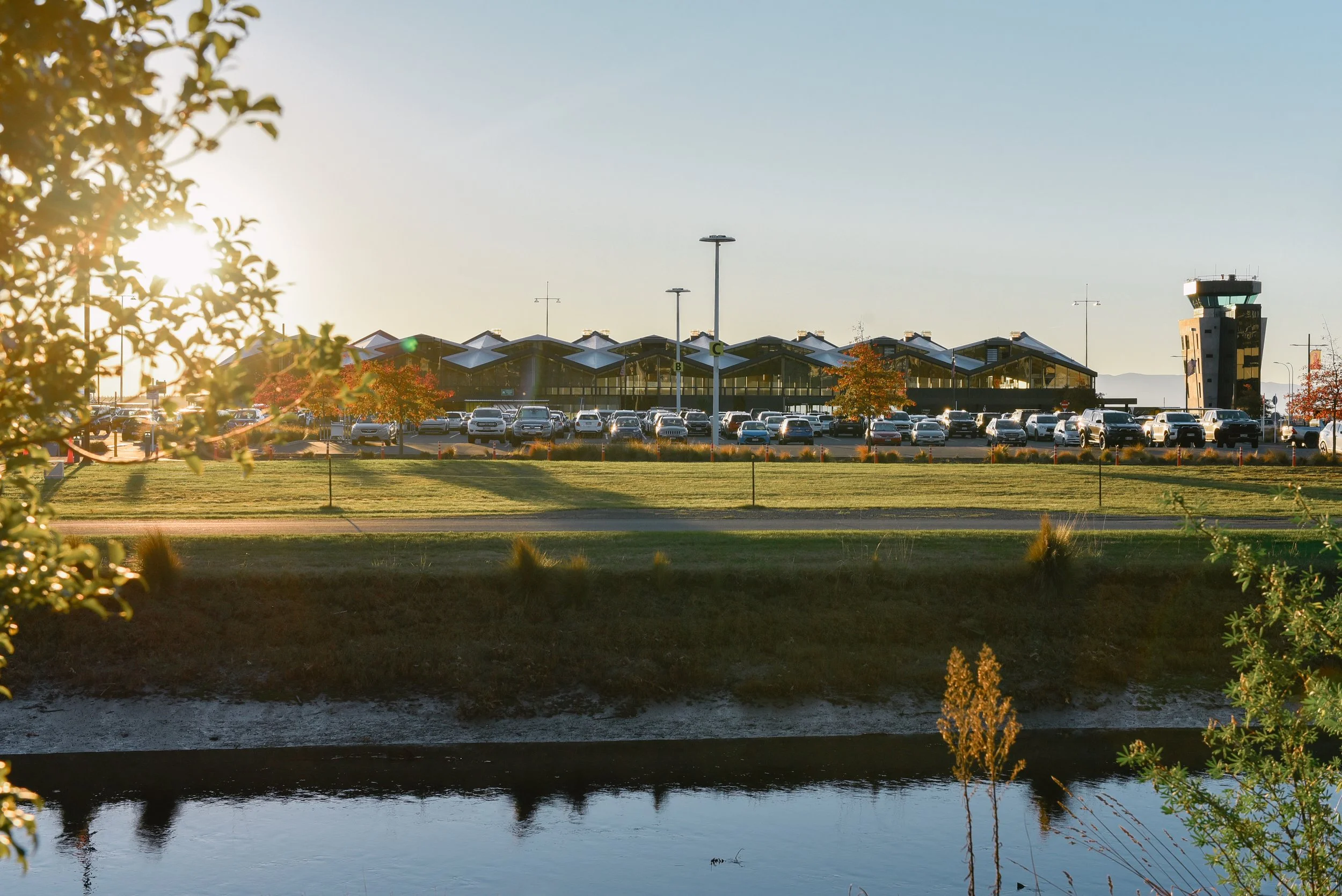Digging deep for our region’s future
We’re building an airport that’s ready for what’s next – for business, for tourism, for friends and family. We’re investing in the future of our region, so Nelson-Tasman can thrive, grow and stay open to every opportunity. Here are some of the things we’re doing to help make sure Nelson-Tasman remains connected, vibrant, sustainable and prosperous for a long time to come.
Want to stay up to date with our projects and initiatives? Join our mailing list through the link below.
project 2-zero
Project 2-Zero is our plan to ensure a resilient and successful future for the home of aviation in Nelson-Tasman. It aims to alter our existing planning designations and zoning to provide the framework needed to support future airport operations – including the ability to extend the main runway to the north within the next 10 – 15 years.
Our runway is in the shortest 2% in the world catering for ATR aircraft. That leads to operational restrictions for existing aircraft (through weight restrictions) that impact reliability now and will likely worsen over time, and is expected to be too short for future low-emissions aircraft types. We need to extend our runway to ensure Nelson-Tasman's continued connectivity and ability to host future, more sustainable aircraft.
Apron Project
A $10 million total reconstruction of our apron (the area where aircraft park, are loaded and unloaded and where passengers board and disembark) is underway now. The current apron is end-of-life, and this upgrade will ensure a safe, high-quality environment for airport operators and passengers. A new stand design and extension of the covered walkway from the terminal means passengers will be more comfortable walking to and from aircraft in all weather. It will create a high-quality and consistent experience for customers of all the airlines flying to and from Nelson. The work will also replace an old concrete stormwater drain, improving our resilience to flooding.
Southern Development Area and Jenkins Bridge
A key part of our future plan is the development of land at the southern end of the airport precinct for aircraft hangars and other airport-related industry. The first stage of this development was the creation of Kuaka Way, a new access road, and construction of the GO Rentals car grooming and maintenance facility in 2023. In future there will be phased development of this area, which is currently the Long Stay Carpark.
As carpark land is redeveloped for tenants, we’ll need to provide new parking elsewhere. We’ve been granted resource consent to open up a landlocked area across Jenkins Creek via new vehicle and pedestrian bridges. This will open up enough space for approximately double the parking capacity of the existing Long Stay Carpark.
Environmental considerations are top of mind for the development, including significant plantings along Jenkins Creek, as well as species surveys and management plans. High-quality stormwater and sediment management systems are also integral to the projects.
Community Sponsorship
We’re proud to be an active supporter of a diverse range of great local organisations, initiatives and events that bring vibrancy to our region, promote wellbeing and celebrate the best of Te Tauihu (top of the South Island).
Our partners include Nelson Tasman Hospice, Big Brothers Big Sisters of Nelson-Tasman, Nelson Arts Festival, Brook Waimārama Sanctuary, Nelson Marlborough Rescue Helicopter, the Nelson Giants, Nelson Regional Development Agency, Nelson Tasman Chamber of Commerce, Nelson Aero Club and Nelson Air Cadets. We’re proud to support cultural events such as Ngā Kapa Haka Kura Tuarua (the national secondary schools kapa haka competition held in Whakatū-Nelson in 2024).
We’re also pleased to provide in-kind support to a large number of other organisations doing important work in the community.
Environment and sustainability
Nelson Airport is a key strategic asset for the Nelson-Tasman region, so it’s vital our operations are sustainable and enduring – and that those of our key partners in the aviation sector are too. Our terminal is the foundation of our operations and was designed to be highly energy efficient. Passive ventilation, light harvesting and the use of a timber structure (with far less embedded energy than if steel had been used) are key sustainable design features.
We’re constantly looking for more ways to improve the sustainability of our operations, and in 2024 we developed our first voluntary climate-related disclosures report in line with the New Zealand Climate Standards. Although we’re not required to under the Government’s mandatory climate disclosures legislation, we’ve opted to work towards full voluntary compliance by the 2026 financial year.






